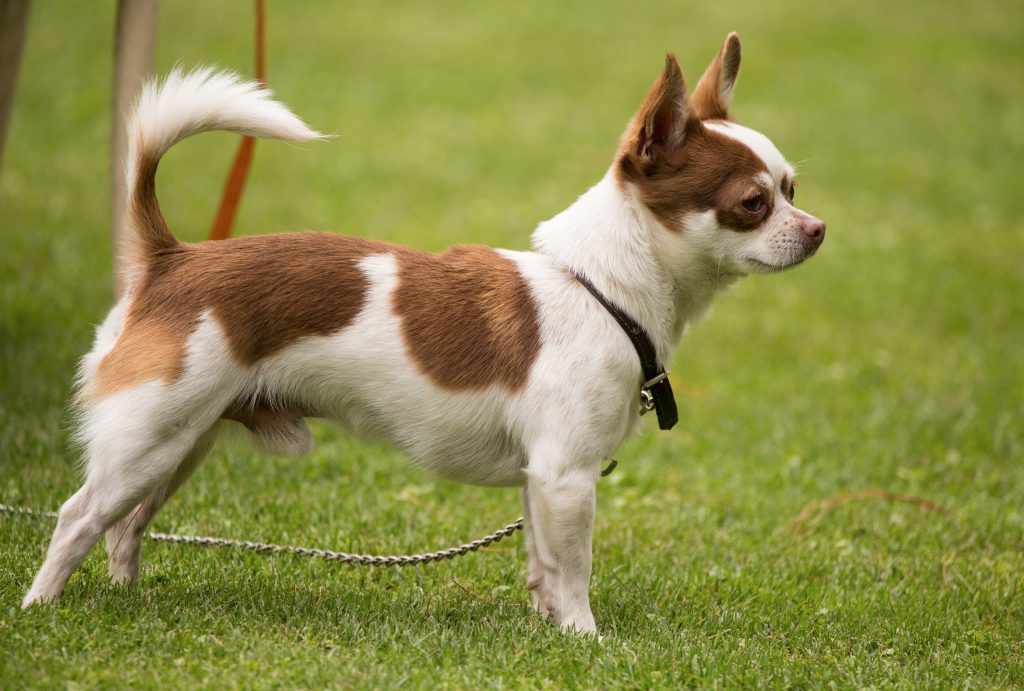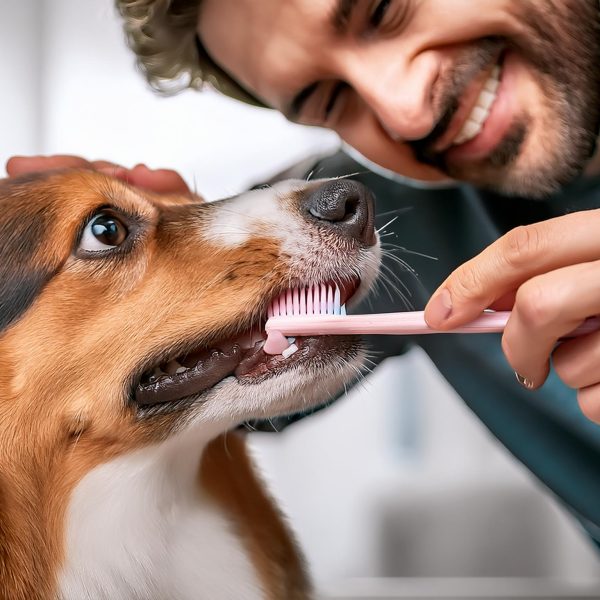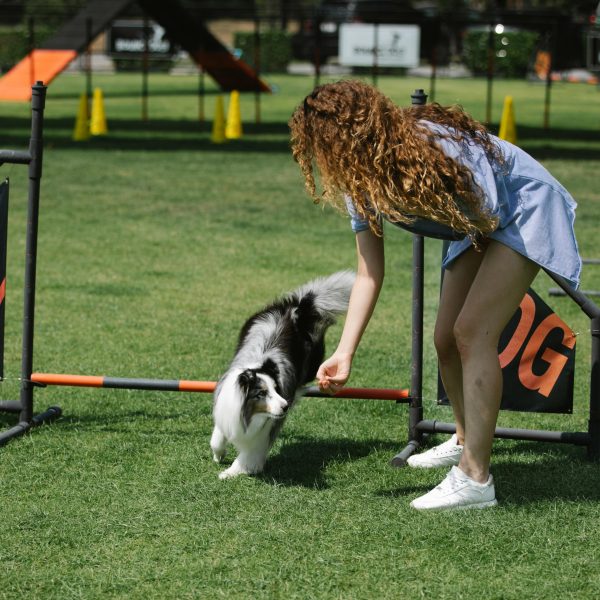Effective communication is pivotal in fostering a strong bond with our beloved canine companions. Dogs predominantly rely on body language to convey their emotions, intentions, and responses. As dog owners and trainers, it is imperative to comprehend the signals our furry friends exhibit. This article delves into the intricacies of interpreting canine body language and leveraging this knowledge in training.
Understanding Canine Body Language Basics
Dogs communicate through a blend of vocalizations, facial expressions, and body movements. Deciphering these cues is vital for assessing your dog’s state and responding appropriately. Key aspects of canine body language include:
Facial Expressions
A dog’s face reflects a spectrum of emotions. A relaxed expression with a wagging tail often denotes happiness, while raised fur (hackles) and narrowed eyes may signal fear or aggression.
Tail Wagging
While tail wagging typically signifies joy, it’s crucial to consider the context and accompanying body language. A high, vigorous wag may indicate excitement or agitation, whereas a low, slow wag suggests submissiveness or uncertainty.
Ears and Eyes
Pay attention to a dog’s ears and eyes as they provide insights into their emotional state. Forward-pointing ears and bright, alert eyes convey interest or curiosity, while flattened ears and avoiding eye contact may signify fear or submission.
Overall Posture and Movements
A dog’s overall posture and movements convey valuable information. A relaxed, loose posture indicates calmness, while tension or a specific body posture may indicate discomfort or stress. Subtle movements like lip licking, yawning, or scratching can also serve as signs of emotional states.
Using Canine Body Language in Training
Now that we understand how dogs communicate through body language, let’s explore how to use this knowledge to enhance communication during training sessions.
1. Building Trust with Positive Reinforcement
Positive reinforcement is pivotal in dog training. Reward your dog with treats, praise, or affection when displaying desired behaviors. This not only encourages the desired behavior but also creates a positive association with the training process.
2. Recognizing Signs of Stress and Anxiety
Dogs, like humans, can experience stress and anxiety. Be attentive to signs such as pacing, panting, or excessive shedding during training sessions. If stress indicators appear, reevaluate your approach, and give your dog a break to avoid hindering progress.
3. Adapting to Individual Differences
Recognize that every dog is unique, and what works for one may not work for another. Pay attention to your dog’s reactions, adapt your training approach accordingly, and tailor methods based on their personality traits, breed characteristics, and past experiences.
4. Consistent Body Language in Commands
Dogs are highly perceptive to gestures and tone of voice. Use consistent signals when giving commands to avoid confusion. If your dog appears unsure or puzzled, reassess your communication and make necessary adjustments.
5. Socialization Awareness
In group settings, understanding body language becomes crucial. Monitor your dog’s interactions and intervene if signs of discomfort or aggression arise. Positive socialization experiences contribute to shaping a well-adjusted and confident dog.
In conclusion, comprehending canine body language is fundamental for successful communication and training. By interpreting our dogs’ cues, we can tailor our methods, build trust, and strengthen our bond with these loyal companions. Remember, each dog is unique, and attentive observation of their signals is key to creating a harmonious training experience. Embrace the language of dogs to foster a fulfilling relationship with our furry friends.








